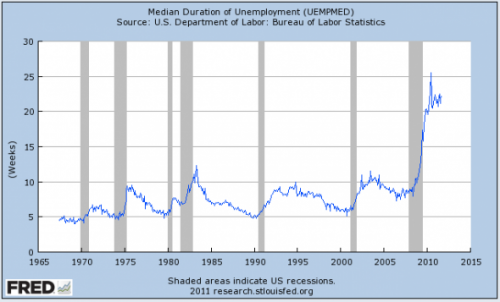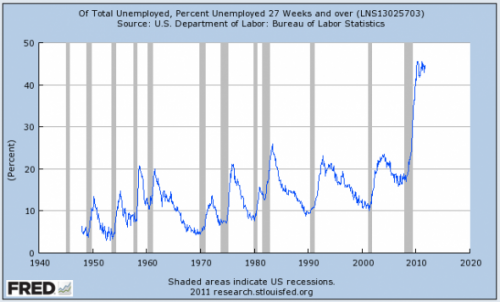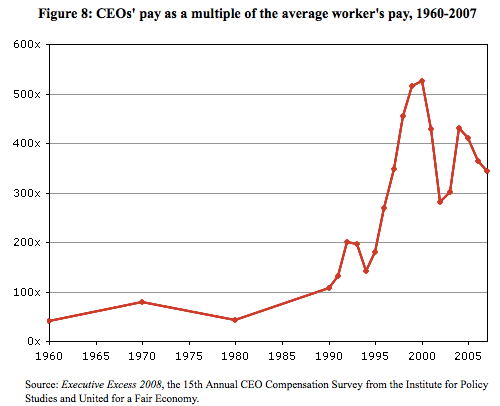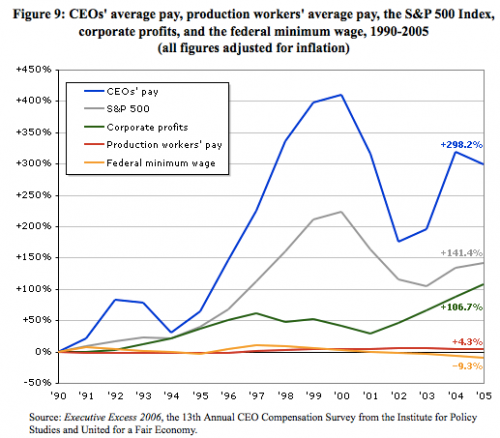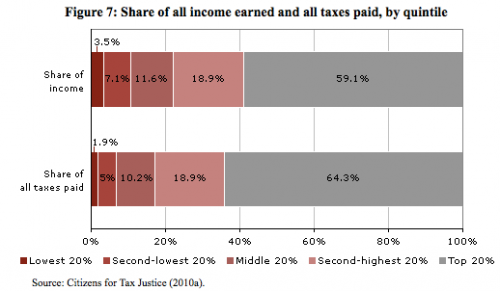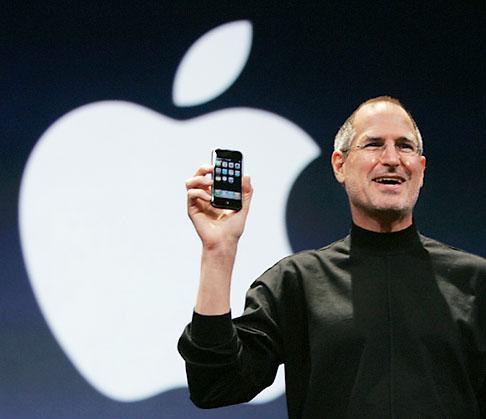Katrin sent in a link to a series of ads created by an organization called Stepping Stone Nova Scotia. Their mission is to advocate on behalf of, and offer resources and services to, prostitutes in the Maritime Provinces of Canada.
The ads, as you can see, depict quotes by friends or family members of prostitutes (“I’m proud of my tramp, raising two kids on her own”) which are intended to humanize sex workers; the bottom of each ad reads “Sex workers are brothers/daughters/mothers too.” They’re also intended to shock the reader into really thinking about prostitutes. The juxtaposition of words like “tramp” and “hooker” with the white middle-class faces of the speakers makes the viewer question our culture’s ease with using those terms, and forces us to see the person behind the prostitute.
Stepping Stone’s executive director, Rene Ross, points out that every time a prostitute is killed—sex workers have a mortality rate 40 times higher than the Canadian national average—media accounts emphasize that the victim was a prostitute, but not that she (or he) was also a mother, daughter, friend or, for example, animal lover. By thinking of sex workers only in terms of their stigmatized occupation, we don’t have to care about them as people.
In New Mexico, where I live, the remains of eleven women (and the unborn fetus of one) were found buried on a mesa outside of Albuquerque in 2009. The women had disappeared between 2003 and 2005, and most, according to police, were involved with drugs and/or prostitution. Why did it take the police so long to find the bodies of these women, and why do their murders still remain unsolved? Some observers have suggested that because the women were—or were alleged to be—prostitutes, there was less pressure to find them after they went missing, or to solve their murders once their bodies were found. As long as the victims were sex workers, then the non-sex worker public can feel safe in the knowledge that they are not at risk. We know that prostitution is dangerous, so it’s expected that some of them will die grisly deaths, and be buried like trash on a mesa outside of town.
I love the motivation behind the ads, and they do make me smile. I hope they have the effect that Stepping Stone intends—making people think of prostitutes as people, not trash. But they’re also funny, and I wonder if they won’t also have an unintended effect, of making prostitutes seem like a joke.
This week I watched the Comedy Central Roast of Charlie Sheen. During the roast, most of the jokes dealt with his well-known history with drug use and prostitution, and “prostitute,” “hooker” and “whore” were used as punch lines in the majority of the jokes, and each “whore” reference incited additional laughter. Sure, many of the women that Sheen paid to have sex were doubtless “high class” call girls, paid well, and not living on the street. But we also know that at least some of these women, as well as the non-prostitute females in his life, were subject to violence and threats of violence. He is alleged to have beaten, shot, shoved, and thrown to the floor a number of women over the years, but because many of these women were sex workers (or porn stars, which is the next best thing), the women were “asking for it.”
Let’s hope that Stepping Stone’s campaign does some good, making us think about sex workers as people, rather than punch lines and faceless victims.
——————————
Margo DeMello has a PhD in cultural anthropology and teaches anthropology, cultural studies, and sociology at Central New Mexico Community College. Her research areas include body modification and adornment and human-animal studies.
If you would like to write a post for Sociological Images, please see our Guidelines for Guest Bloggers.




